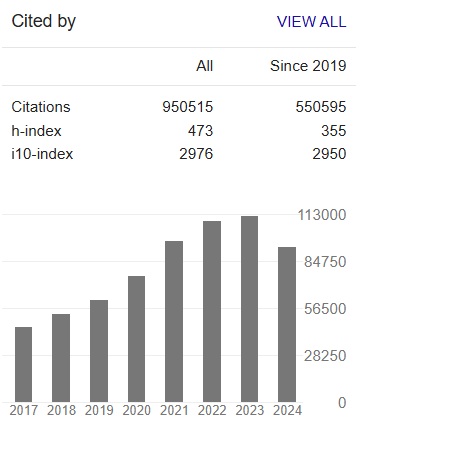Environmental-Persistent Free Radicals Prediction by Neural Networks
Abstract
Evdokia Sotirova, Sotir Sotirov, Husein Yemendjiev, Youssef Miyah, Farid Zerrouq and Valentin Nenov
Air pollution is recognized as a critical threat to human health. The link between the inhalation of fine particulate matter (PM) in combination with toxic gases and the resulting health effects is well documented. The health damages were proven to be interrelated with the free radicals caused by air pollution. Free radicals cause a destructive chain reaction by taking an electron from a stable molecule and converting it into an unstable one. Environmentally persistent free radicals (EPFRs) were not considered until the last ten years as an important part of the air pollution composition. EPFRs are a special class of free radicals with a long half-life, contributing to the development of aging-related diseases in living organisms, as well as harmful oxidative effects in lung tissue.
The work is grounded on database of the routinely measured air quality parameters (air pollutants �?3, CO, NO2, SO2, PM2.5) and corresponding EPFR data to develop a model for EPFR prediction. An intelligent instrument is used to perceive the pollution information and, on this basis, EPFR values without direct measurement were calculated. Applying the above approach, an average deviation of 0.73 was accomplished.



